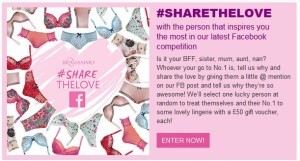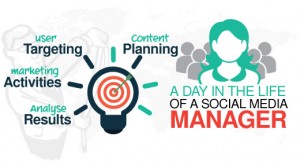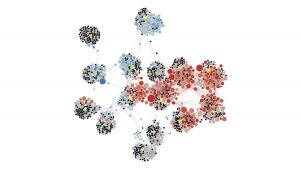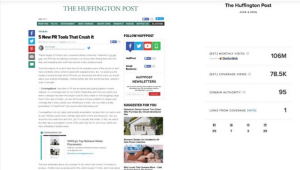— February 27, 2018
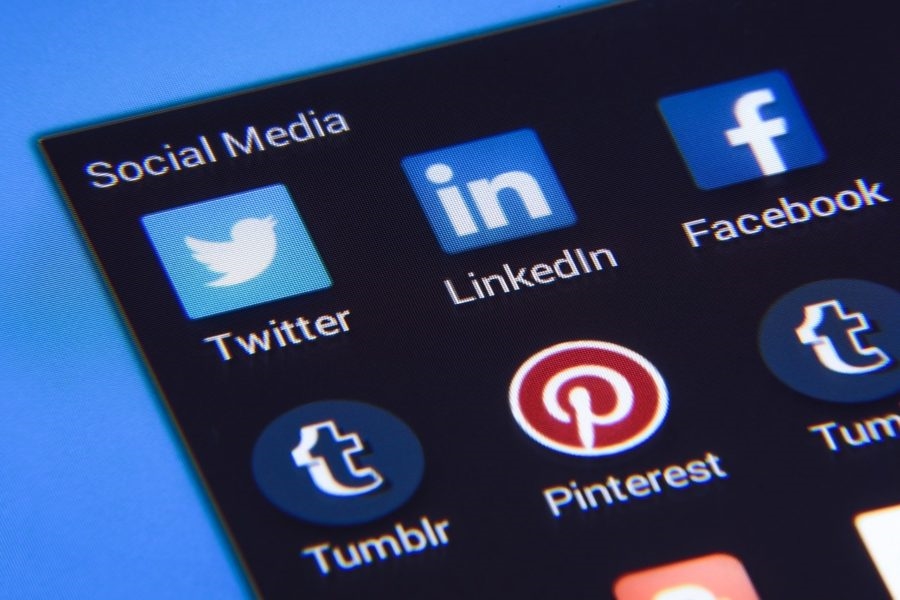
PhotoMIX-Company / Pixabay
Let’s keep this simple. There are two core approaches on LinkedIn, very different in approach, the work involved and the risk.
Connect and message
This is the approach where you connect to lots of relevant people with the idea that more people will see your updates or perhaps send a message when they accept, which in turn can unfold a conversation. In some cases, this does work well, but there are some important things to consider:
- Reputational damage through getting flagged out as spam (which you might recall you cannot see until it happens), when you invite people you don’t know, and they report you.
- Being associated with people that don’t have the same market credibility as you and hence can damage your reputation even before you meet them.
- Could cause leakage of IP and network value as everyone you connect to has access to your visible connections and activities. Before you say, “but I’ve hidden my connections”, that doesn’t work as many assume. We will be writing a blog about this soon.
- The number of connection invites you can send out is also limited to 3500 in total and 30,000 total connections.
- This is also a riskier and labour-intensive method to work as you need to search, connect, message, follow and manage this process to make it a success. It absolutely can work, but it is also a lot of work.
- The visibility is limited as LinkedIn is not a database but a map of live relationships to other people, an important distinction. Should you ever want to access the other people your connections know this will be limited as you don’t actually know them in the truest sense.
- One thing to consider here is the assumption that people will see your message and read it. Do you read all the messages on your home page? Just saying …
- Your own homepage feed will be quite busy, messy and chaotic as you see the feeds of all connections (as they see yours as well).
- The advantage of this approach is that the perception of ‘connection’ makes you feel as if you’ve made progress and is easily quantifiable but not exploitable, hence negates many aspects of the social selling and referral aspects by asking your network to introduce and validate you to others :/
- For those of you from a face to face networking background this feels similar to collecting business cards and making a list. This approach is both a little dated but also with upcoming legislative changes around data use quite risky.
Summary – Easy to quantify, makes you feel good, gives great ‘reach’ / list but needs work, contains risk and minimises referrals.
Relationship lead network
This is where you seek the connections of people you know in real life and then look to them for introduction to the connections of your connections, second level on LinkedIn.
- Reputational enhancement through being associated with ‘good people’ that will recommend you (on LinkedIn if asked and in real life) – the latter particularly useful if your market is competitive and can be used in proposals and pitches
- Downside of this approach is your network needs to be real and authentic which means the work is in getting and maintaining good, authentic and ‘bankable’ relationships.
- No IP leakage as you’re only letting people in that you implicitly trust.
- Enhanced visibility of your message/updates. Ironically the less connections you know will get your message to a wider audience as your known authentic connections are more likely to interact with your updates and hence get the message to connections (layering trust to their audience) outside of your own!
- This is also a more relational lead sales approach. Almost like the comparison between a cold email and someone suggesting you’re a good chap to talk to – which would resonate more with you? The connections of your connections are the social selling and referral gold on LinkedIn
- You homepage news feed will be very relevant as from your own connections with little ‘mess’ and triviality.
- The risk of spam is almost zero and the sales cycles will be reduced. Sales research is 24 interactions from cold start and 2 or 3 from a referral before clients commit.
- The disadvantage of this approach is that graspable opportunities are perceived as less but in sales terms easier to leverage
To summarise this approach the work is maintaining your relationships, risk is low, moves your sales towards more referral lead and hence shorter sales cycles.
The two approaches are almost diametrically opposite – lots of connections make you feel good to be ‘connected’ but leads to work and risk, whilst a relationship lead network is work to maintain the relationships, but shortens the sales cycle.
Think about how you get your best clients right now, how you develop those successful deals and relationships that shape your personal and business successes and perhaps mirror this onto LinkedIn.
Both could work, but the different styles of the people and value of relationship/sales often shape their approach to LinkedIn and if you’ve taken the wrong one the results often don’t manifest themselves as they should.
Digital & Social Articles on Business 2 Community
(27)

